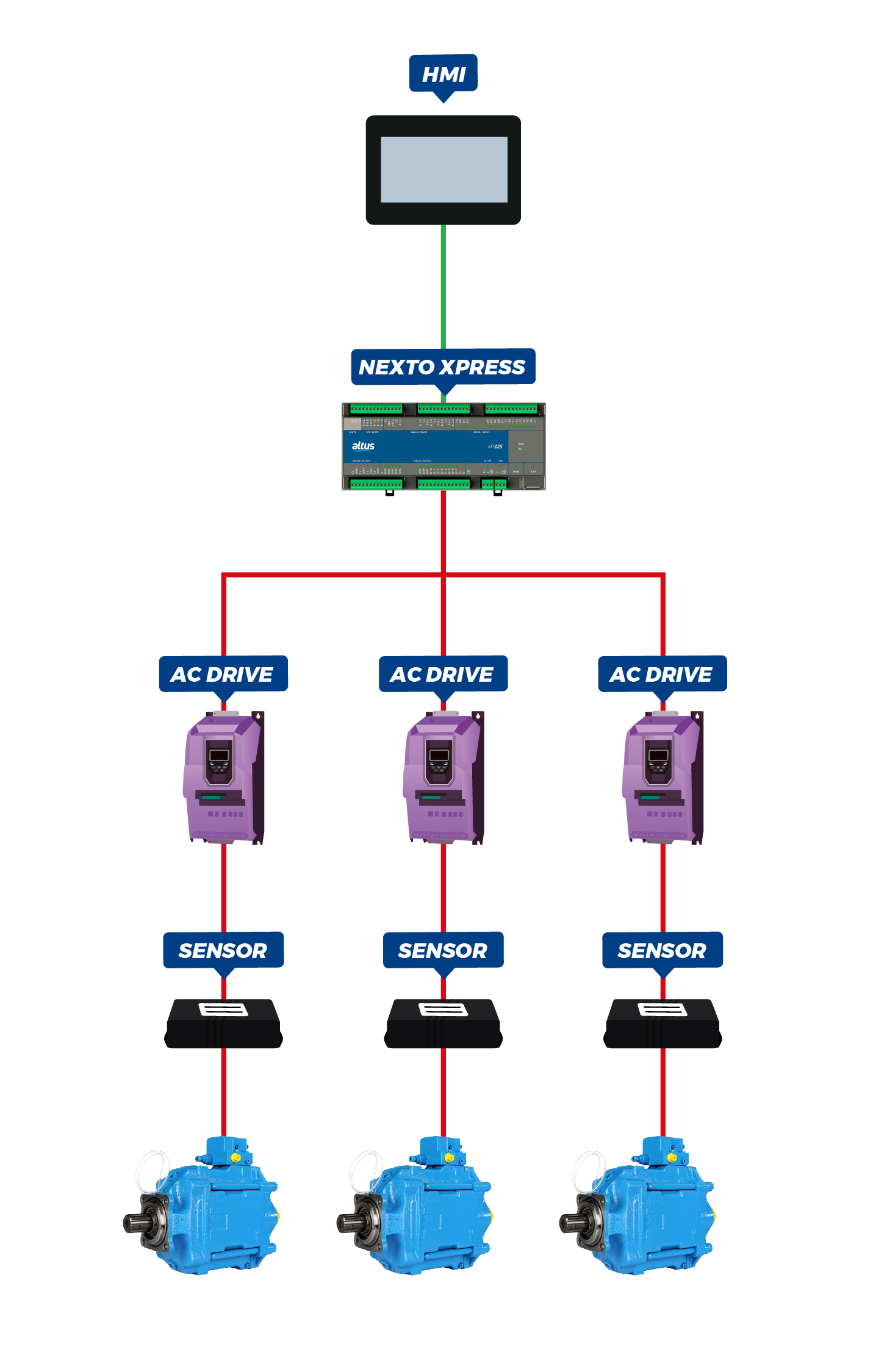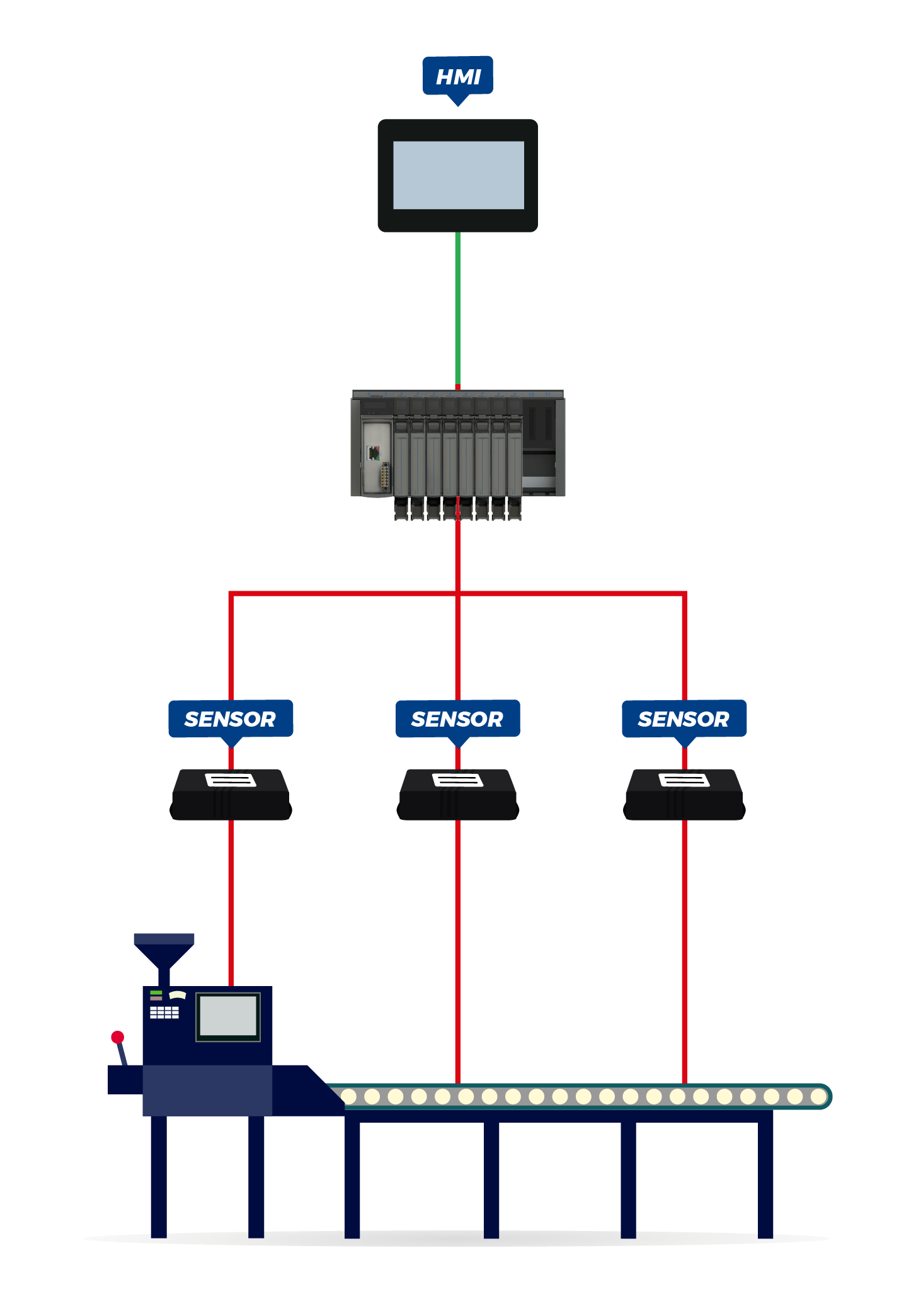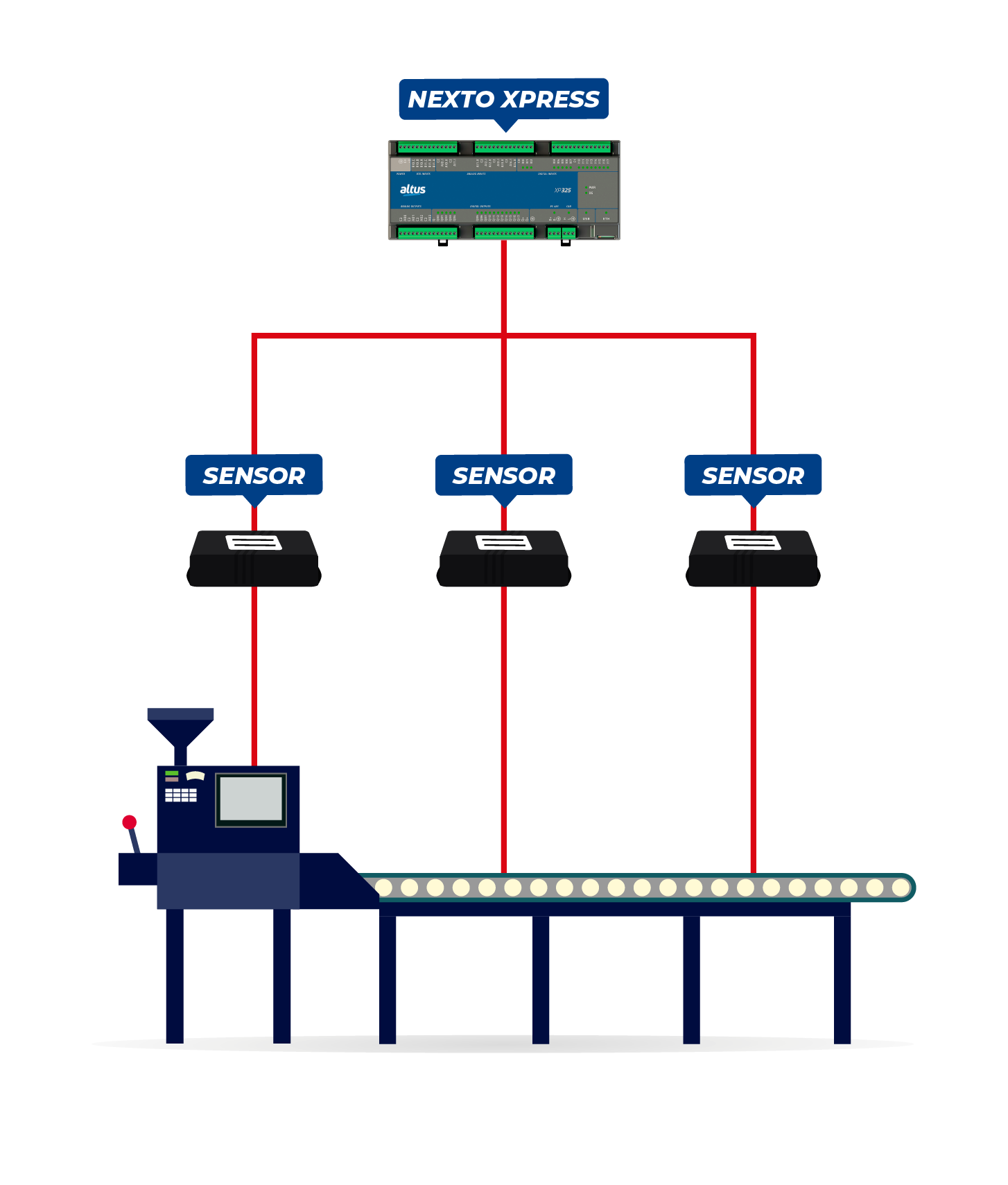
JBS Ana Rech Optimizes Production Process with Altus PLCs
Pork is one of the primary sources of animal protein consumed globally and is continuously growing in Brazil. The country stands out as the fourth-largest producer of pork in the world, with a total production of 3 million tons in 2023. To support this increase in consumption and optimize production while maintaining the quality of the final product, a major Brazilian meatpacker turned to Altus to implement the necessary technology and automate one of its units in the south of the country.
The JBS Ana Rech unit, part of the JBS Group and located in the city of Caxias do Sul, Rio Grande do Sul state, faced challenges related to discrepancies between expected levels and recent results in its production indicators. The solution adopted was to promote the automation of these projects, as the issues were related to mechanical failures in the slaughtering process, resulting in significant product losses.
See how the technology incorporated into our products has contributed to improving performance, ensuring greater safety, reducing maintenance costs, and virtually eliminating product waste losses at the unit.
Optimization of the Multistage Pump System
The first process to be automated was the multistage pump system at the start of the production line. Responsible for pumping water from the reservoir to the high-pressure hoses used in the slaughter area sanitation, the motors constantly pumped water from the reservoir to the operational environment with continuous pressure, leading to water waste, fast motor wear, and incident risks.
The solution to reduce water consumption and investment in motor maintenance was the installation of a control system using the compact controllers of the Nexto Xpress line as the central piece. The developed application includes an IoT-Ready XP325 PLC, a 10" P2 HMI, and Altus frequency inverters, as well as sensors at all sensitive points in the process. In this application, the devices are responsible for monitoring and alert on the status of the motors (on/off), water pressure, and reservoir level.

Architecture Applied with the XP325 PLC
With the implemented architecture, the pump system motors only operate when the cleaning hoses are activated, significantly reducing water and electricity consumption in the process. The solution also extended the motor lifespan, reducing the replacement frequency from 1 motor per month to 1 motor every 6 months. This optimization resulted in a significant reduction in the operating cost of the process, positively impacting the financial result of the unit.
Immersion Tank Temperature Control
The next automated stage in the slaughtering process was the immersion tank temperature control. Responsible for preparing the pork carcass for sanitation by submerging it in a heated water tank, the previous system continuously injected steam to heat the water. Due to the use of a simpler ON/OFF type architecture, the system ended up overheating the environment at times, compromising the quality of the submerged meat.
Another issue in this process was related to the pig transport belt, which sometimes failed without alerting, causing carcasses to remain submerged for excessive time while operators identified and corrected the problem. These failures led to a loss of about 450 pigs per month.
To reduce product waste in this process stage, the JBS maintenance team developed a system with a proportional valve and PID control using the NX3005 CPU combined with Nexto Series I/O modules maintaining the water temperature within acceptable levels. The applied architecture also includes a 10” P2 HMI and sensors at all sensitive points of the process, devices used to monitor and alert about the tank temperature and, in the event of a conveyor belt failure, to indicate the exact point where the problem occurred.

Solution for the Immersion Process with the NX3005 CPU
The installed solution nearly eliminated product losses at this process stage, both regarding water temperature and carcass transportation belt. The solution also promoted the optimization of the boiler that generates the steam used to heat the water, resulting in a reduction in energy and water consumption costs
Waste Reduction and Energy Efficiency
Another stage of the slaughtering process at the Ana Rech unit automated with Altus products was the singeing machine. The step is responsible for removing residual fluff and sterilizing the carcass skin by applying localized fire.
The previous system did not synchronize fully with the pig transportation belt, sometimes failing to activate the four singeing machines controlling the flames properly. This lack of synchronization resulted in quality issues, with products either burning or not spending enough time between the flames.
To reduce product waste at this stage of the process, a PLC model XP325 was installed in the application to synchronize the four scorchers through clock sensors. This automation allowed for standardization in the intensity of the heat applied to each side of the carcass. The maintenance team of the unit also installed positioning sensors to indicate when the carcass is between the scorchers, ensuring that the flames are activated only at the right moment.

Application developed to optimize the performance of the scorchers
The implemented architecture significantly reduced product losses due to burns or lack of sterilization. The solution also promoted gas consumption savings, as the flames are activated only at the right time.
Independence and Safety with Altus Technology
To ensure that the unit`s team could fully utilize the capabilities of the PLCs and other Altus equipment used in the modernization process, technical training was conducted with the maintenance team at the customer`s site. Carlos Henrique Azambuja, JBS automation technician responsible for developing the applied logic, highlights the availability of Altus’ technical team to assist in application adjustments and how the training courses were essential for the project’s success. "Much of what I know today I learned in Altus` online certification training," he says.
Jairo de Quadros, maintenance and project coordinator at the unit, comments that the independence provided by Altus products` technological platform is one of the company’s differentiators. "The independence I have with Altus PLCs is very rewarding. It gives me a lot of security on a daily basis. I believe and trust in your (Altus) product," Jairo commented.
The results achieved in the automation of the slaughtering process allow the company to design new upgrades for the unit using Altus technology. At the moment, the supervision of the slaughtering automation is done through a 10" P2 HMI installed in a panel in the slaughtering machine room. However, this process should be optimized with the installation of a new SCADA system, allowing supervision to be carried out remotely directly from the Maintenance team`s control center, which is located outside the production environment.




